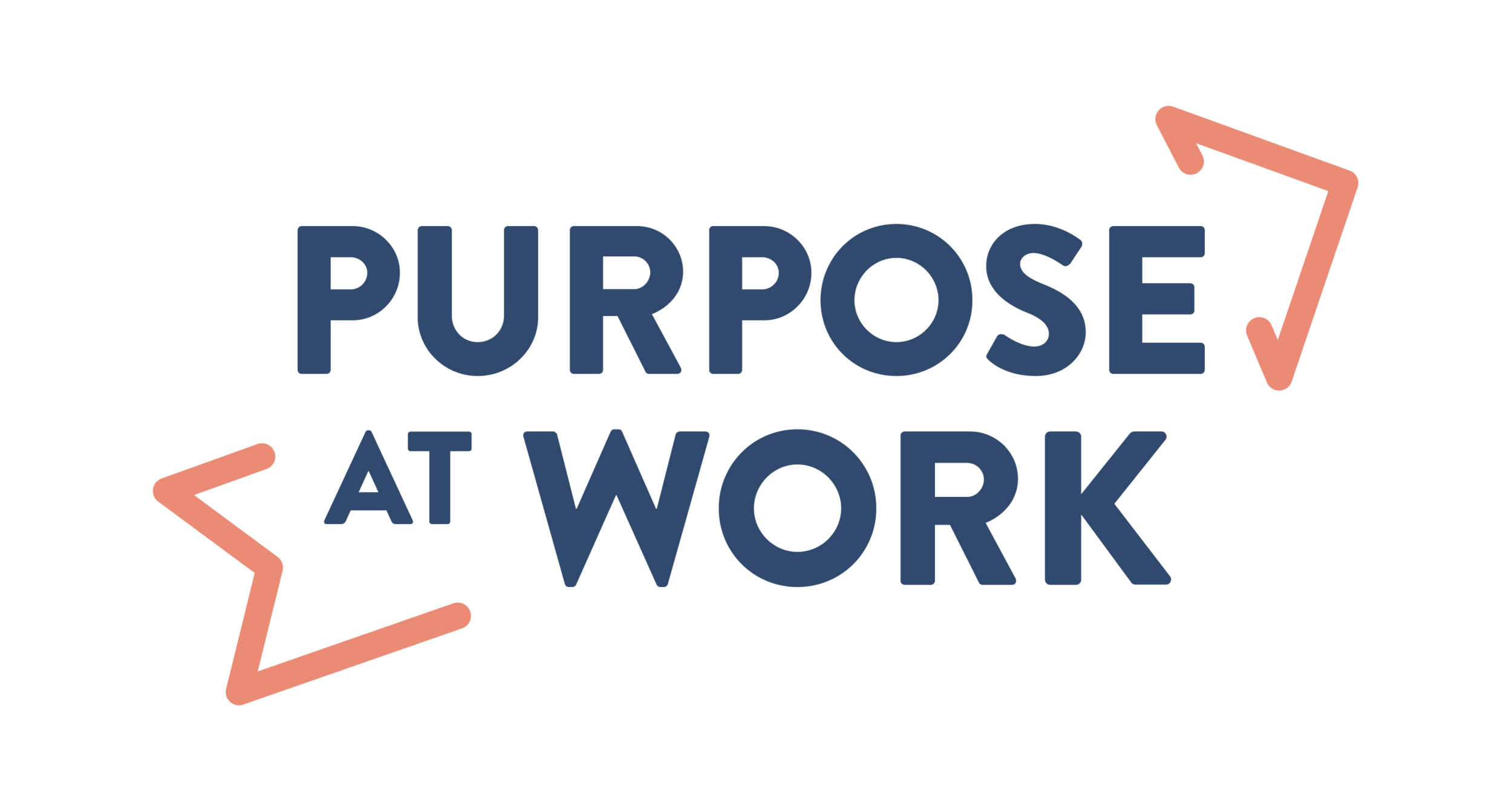Values-based recruitment must include applicants being valued
When most people talk about values-based recruitment, they talk about ensuring that selection decisions are based on the values demonstrated by applicants. Emily McArdle’s fantastic workshop at our Purpose in Practice event in September 2019 urged us to think more deeply about this subject: it is not just about the values that applicants bring and demonstrate - it also includes the values that the organisation demonstrates in how it engages with and supports people who might be interested in employment. If our organisations say that we value people, how do we demonstrate that we truly do value people in our recruitment?
Emily’s home is Britain. The labour market for support workers is even more challenging in Britain than in Australia. Aged care and disability service providers have had to be inventive in their recruitment and selection processes, so there is much that Australian disability and aged care providers can learn.
As Emily walked us through every step of the recruitment and selection process, we examined the practices that organisations typically use, from advertisements to the initial welcome of new appointees. What struck me during this detailed analysis is the subtle depersonalisation of applicants that can occur throughout the process, which sets the scene for depersonalisation of support work and support workers. It begins with job advertisements with language like “the successful applicant will” meet certain requirements, rather than talking about “you” and the opportunities that exist to help the people supported experience joy in their lives. Traditional recruitment practices often involve technology-driven processes that sometimes treat people as cogs in a machine.
Wellbeing Teams have won multiple awards for their recruitment and selection practices. They target ‘passive job seekers’ – people who are open to a change if the right opportunity comes along - rather than ‘active job seekers’. They do so through targeted, local social media campaigns, using a variety of strategies to create interest and awareness. Including dog pics in your social media posts can boost recruitment because a disproportionate number of social care workers are dog owners. Wellbeing Teams also make use of employee referral programs.
IMG_2836.jpg
Wellbeing Teams do not require applicants to write formal statements against selection criteria and CVs, which many potential applicants find daunting. Rather, they have user-friendly but efficient processes for initial exploration, such as asking people to tell a little more about themselves by answering three questions online, and then having a brief telephone screening interview.
Emily urged us to think about how our organisations involve the people we support in making or influencing selection processes. It is always possible. Emily gave a real world example of selecting a principal for an infants school: the selection body invited the applicants to meet with some of the students – even as young as 4 years of age - and then observed the interaction.
Wellbeing Teams use group selection processes (HR folk will know these by their technical name of assessment centres), which engage people in a variety of practical exercises to help demonstrate and assess important skills. Consistent with the value placed on people, before each exercise applicants are told what behaviours would be assessed at 5 out of 5: it is not a secret squirrel process. I won’t describe all the exercises Wellbeing Teams use but one I thought was great was hand massaging. The Wellbeing Teams predominantly care for the elderly, and one of their forms of support – especially if there is time at the end of a visit – is a manicure or hand massage. So they asked applicants to provide a hand massage to one another and the assessors observe the interaction and the care demonstrated in the process. If I need support in my old age, I would want to be supported by a team member selected for these values and for that skill.
In regional and rural areas in Australia, group selection processes might not be viable. We will need to think creatively about designing processes for individual applicants that are user-friendly and provide good quality information for assessment decisions.
If we want to genuinely live by our values, and deliver support consistent with these values, it needs to start with thoughtful and supportive recruitment and selection processes. In the case of the Wellbeing Teams, it is no wonder that they have achieved high rates of retention of staff. How many other employers make promises to their teams and team members? Wellbeing is important for the people supported; it is equally important to the peopl


